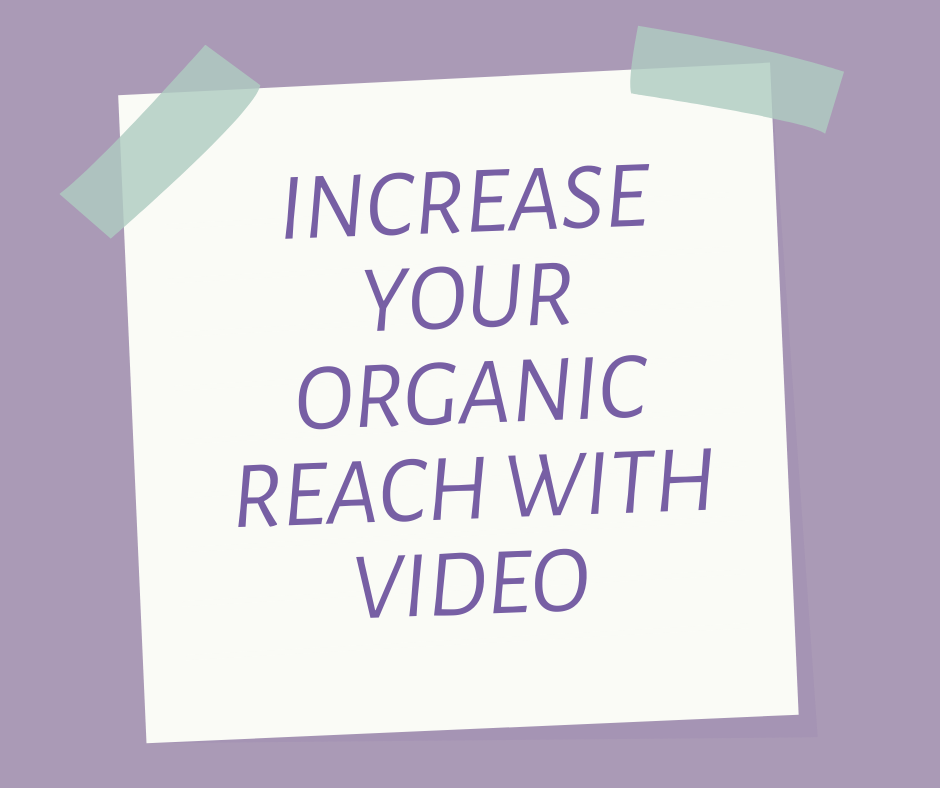Often we find ourselves judging people based on the number of followers an account has or the size of their email list. However, these things don’t really matter. They are called “vanity metrics” because they do not help you make better business and marketing decisions.
What are Vanity Metrics?
Vanity metrics are metrics that look amazing on paper. They can tell a really positive story. But — and this is a big one — they don’t do anything to advance your business goals.
#1 Followers
The number of followers you have on a given social media platform does not matter. Follower counts can be easily manipulated. Have you ever been approached by one of those Instagram accounts that offers x number of followers for a fee?
Those followers will never engage with your page or convert to a paying customer or client. Therefore, they are useless.
Instead, look at the number of people who have reached out to you because of your platforms. Or how many of your ideal clients you have managed to reach. These metrics are far more likely to give you direction with your content than solely looking at follower counts.
#2 Likes
Likes are another vanity metric that cannot really tell you how your content is performing. Measuring likes with other forms of engagement like saves or comments may be helpful, but honestly, lots of likes just make us feel popular. They don’t do much to meet our business goals.
#3 Subscribers
Subscribers are like followers. They don’t matter unless they will convert and/or are your ideal client. Although it feels nice to have a lot of attention, it is far better to have a small number of incredibly loyal and active fans than a large number on a spreadsheet.
So what metrics should you track?
These depend on your business and social media goals. If you are trying to engage your current community, comments are awesome. If you are trying to spread awareness, retweets and shares are your best friends.
Trying to create a one-size-fits-all plan for marketing or metrics won’t work because each company and each ideal client/customer is different.
If you are interested in developing your brand and social media strategy, send us an email at cmprteam@clairemckinneypr.com.
For more social media tips, check out these articles:
Skyrocket Your Organic Reach on Instagram with Video






